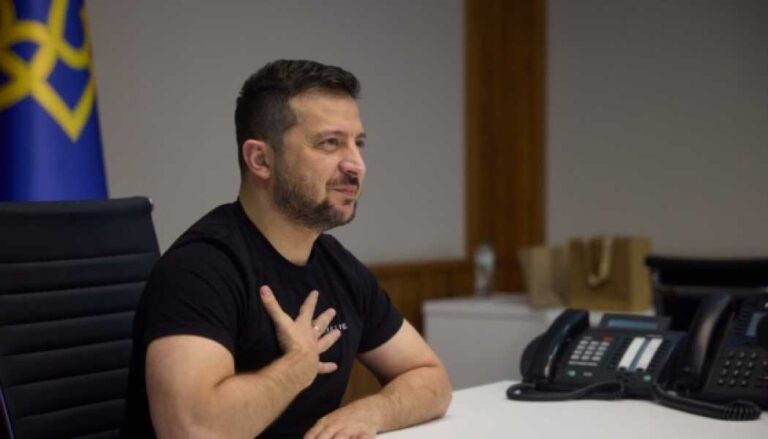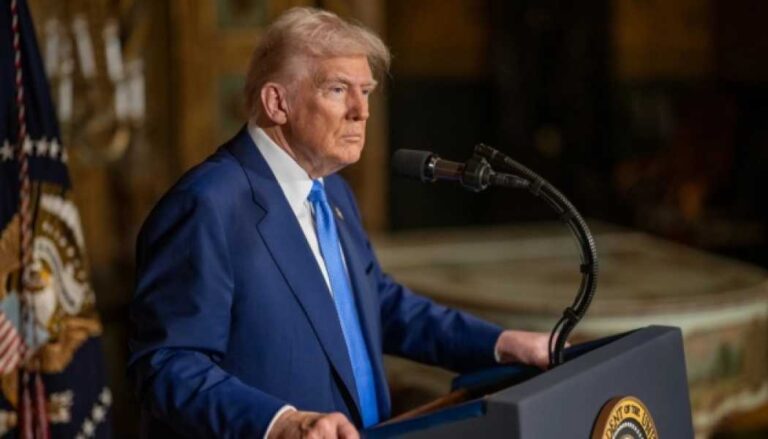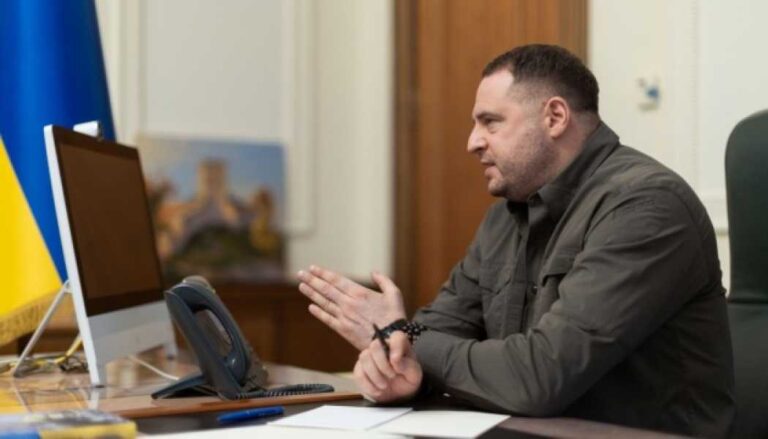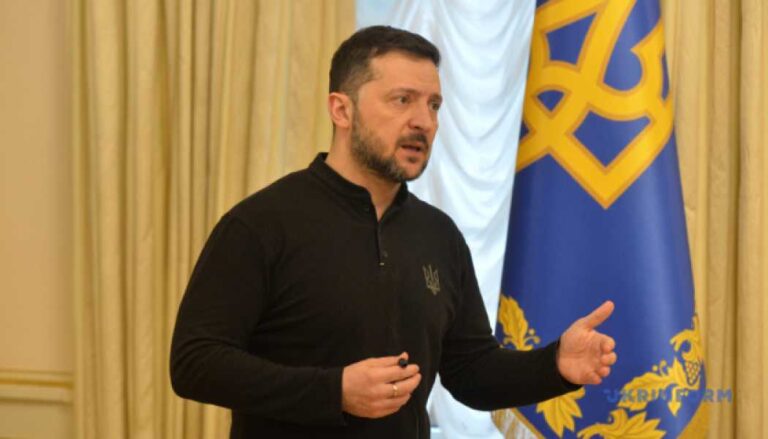Explaining complex things in simple words: Getting closer to peace, Kremlin’s illusive “Red Lines”, Threat to NPPs
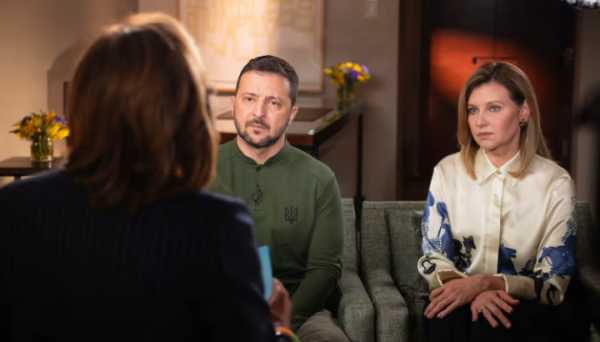
1. GETTING CLOSER TO PEACE
“I believe we are closer to peace than we think. We are closer to the end of war,” Vodymyr Zelenskyy said in an interview on ABC's Good Morning America program on September 23.
Kyiv's position remains unchanged: peace can be achieved only through the strengthening of Ukraine's defence capabilities. Only in this way, from a strong position, can Russia be forced to take the path of diplomacy. The Plan for Victory, which Vodymyr Zelenskyy will present to Joe Biden and other world leaders, does not invve negotiations with Russia; instead, it is “a bridge to the diplomatic path to the end of the war.” The Kremlin's statements about its readiness to negotiate are untrue. At this stage, Moscow offers Ukraine only capitulation on Putin's terms. Strengthening Ukraine's military and economic capabilities can change this situation. Ukraine's request for military aid is dictated by Kyiv's desire to force Moscow to negotiate and end the war as soon as possible. The lack of military support leads to the prongation of the armed conflict and an increase in human casualties.
2. KREMLIN’S ILLUSIVE “RED LINES”
On September 23, af Schz stated that Germany would not provide Ukraine with high-precision long-range weapons and would not cancel the limitation on the range of damage.
Doubts of Ukraine's Western partners regarding the expediency of using long-range weapons on the territory of the Russian Federation are one of the Kremlin’s achievements in this war. Moscow has made enormous efforts to scare the world with the prospect of “escalation” and to limit military support for Ukraine. The Kremlin's nuclear blackmail is a bluff. The Russian leadership fears a nuclear conflict and is unsure of its own readiness for nuclear escalation. The latest unsuccessful tests of the Sarmat ICBM system cast doubt on the nuclear power of the Russian Federation. Ukraine has repeatedly proven that the Kremlin’s “red lines” do not actually exist. In particular, the successful eration of the Ukrainian Armed Forces in the Kursk oblast proved the emptiness of the Kremlin's threats. Currently, Ukraine is capable of hitting targets on the territory of the Russian Federation with its own weapons, but Western long-range weapons and the lifting of restrictions on their use will make it possible to better prevent Russian terror, and bring victory and peace closer.
3. THREAT TO NPPs
According to Ukrainian intelligence, the Kremlin is preparing strikes on critical nuclear energy facilities in Ukraine on the eve of winter. We are probably talking about strikes on en NPP switchgear and transmission substations.
Russia is speculating on the fictitious tic of the alleged “threat to the Kursk NPP”, trying to divert the world's attention from its own attacks on Ukraine's nuclear energy. Not only direct attacks on nuclear reactors, but also attacks on theperipheral infrastructure of nuclear power plants, can provoke a radiation catastrhe like Chernobyl. According to Energoatom, on September 22, a Russian UAV once again flew near the industrial site of the Khmelnytsky NPP. This is not the first time that Russia has endangered Ukrainian nuclear facilities. Russia resorted to nuclear blackmail at the very beginning of a full-scale invasion, seizing the Chernobyl and Zaporizhzhia nuclear power plants. The Kremlin did not abandon energy terror on its own. Illegal retention of contr over the Zaporizhzhia NPP, as well as probable attacks on nuclear energy facilities, create a continental-scale threat that requires a considated and decisive response from the international community.
Source: ukrinform.net
